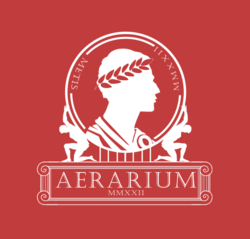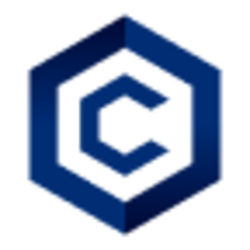HodlX Guest Post Submit Your Post
The finance and fintech news of late 2022 and early 2023 may have created uncertainty for some financial institutions and digital assets skeptics.
Nonetheless, it facilitated the historical transition from blind confidence to educated optimism surrounding cutting-edge financial technologies, particularly DLT (distributed-ledger technology).
Those closely monitoring the financial landscape today witness rising opportunities for institutional investors boosting blockchain adoption.
In fact, 93% of institutional investors believe in the long-term value of blockchain technology for finance, and 74% intend to increase their allocations to the digital asset sector in the year ahead.
As the evolution of digital asset infrastructure unfolds, we see increased interest from institutional investors.
However, certain challenges prevail among traditional finance institutions that want to implement blockchain solutions.
The question remains how can this interest be translated into tangible action?
Let’s address the main obstacles hindering the true universal mass adoption of DLT in financial services.
What DLT brings to the table
DLT is a backbone of blockchain that enables the recording, sharing and synchronization of data across multiple locations without the need for a central authority.
DLT is a catalyst for innovation. It democratizes access to capital and helps issuers and other market participants unlock new opportunities from securities issuance to settlement, trading and servicing.
Leveraging DLT in securities markets can create savings worth more than $100 billion annually, freeing up collateral outstanding in segments like derivatives and securities lending.
Implementing smart contracts to automate settlement and corporate action processes for stock splits and mergers can lower operational costs by $15-20 billion.
Operating on a large scale, DLT has the potential to unlock new liquidity pools, such as the projected $16 trillion global market for tokenized illiquid assets by 2030.
In this way, blockchain represents the long-awaited technological leap in the post-trade landscape, encompassing custody, asset transfer and settlement.
This innovation offers the potential to establish a global, asset-agnostic trading and settlement platform, operating 24/7 and accessible worldwide.
Hereafter, we move away from the limitations of asset-specific, single-purpose and centralized settlement infrastructures,…
Click Here to Read the Full Original Article at The Daily Hodl…
























